All the details, including all of my mistakes, are on www.blinkingcomputer.org. When I finish something big then I post it to a project log here.
The Blinking Computer
An educational 16-bit CPU made from < 1024 transistors with lots of LEDs that anyone can build and learn from
 Tony Robinson
Tony Robinson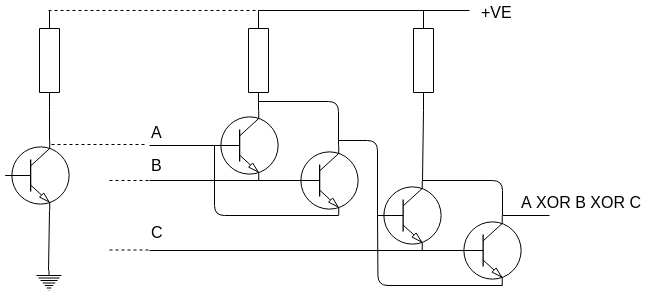
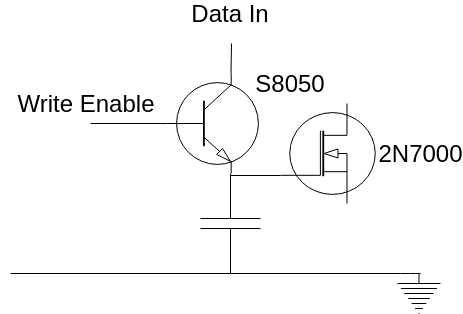
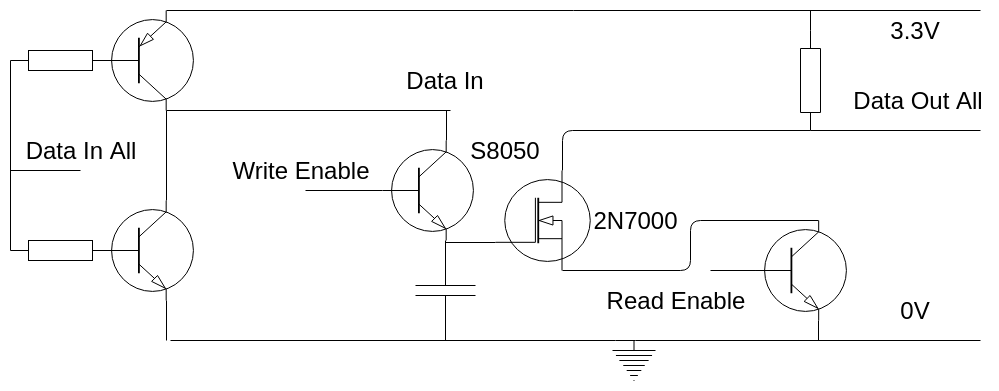

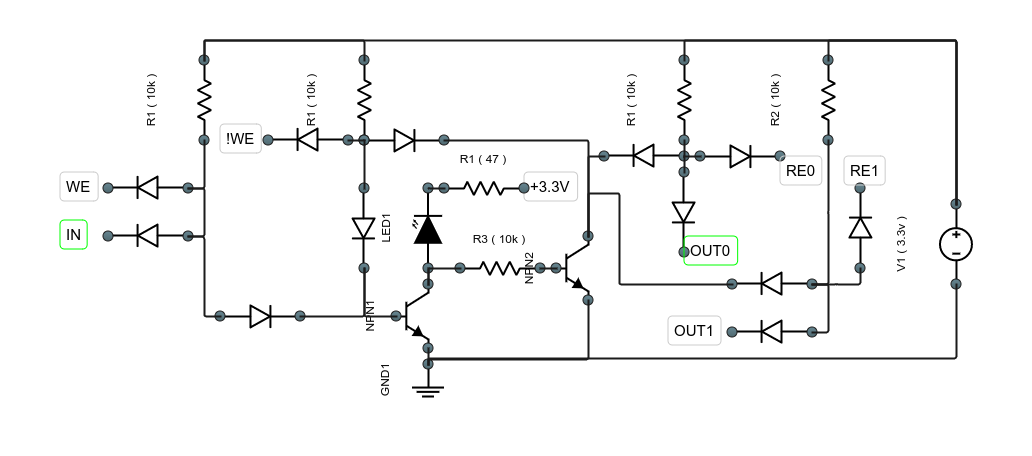
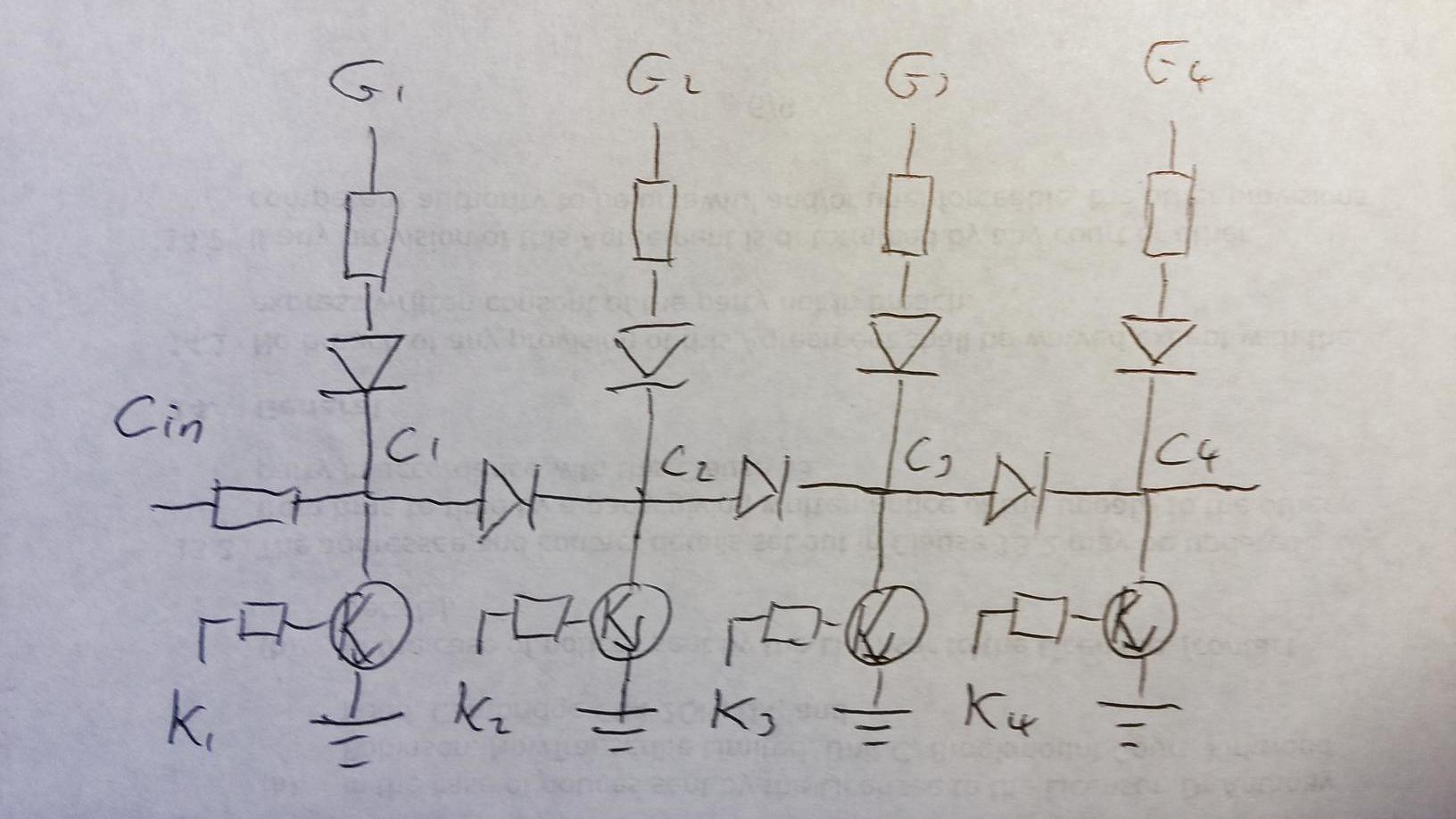 Generate, G, is high if both inputs are high. Kill, K, is high if both inputs are low. The carry goes in on the left, if K1 is high then the first NPN is on and the carry is grounded, if G1 is high then the carry out is high else the carry is propagated. That's pretty simple, I feel confident I can both get this implemented in a way that you can see the signal flow (as above) and thus be able to explain how this time-critical bit of a CPU works to all.
Generate, G, is high if both inputs are high. Kill, K, is high if both inputs are low. The carry goes in on the left, if K1 is high then the first NPN is on and the carry is grounded, if G1 is high then the carry out is high else the carry is propagated. That's pretty simple, I feel confident I can both get this implemented in a way that you can see the signal flow (as above) and thus be able to explain how this time-critical bit of a CPU works to all.



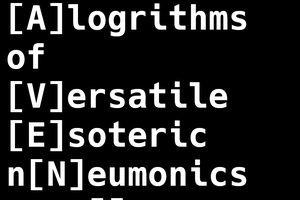
 Blair Vidakovich
Blair Vidakovich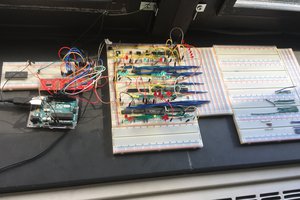
 Jorj Bauer
Jorj Bauer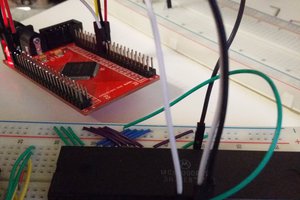
 Matt Lacey
Matt Lacey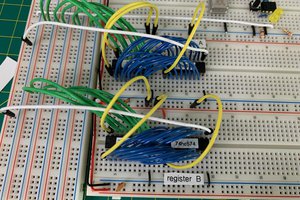
 Brandon Reinhart
Brandon Reinhart
is possible to create emulator for non elektronics?